
Wow! Most Amazing Earth Images of 2013
A year in images
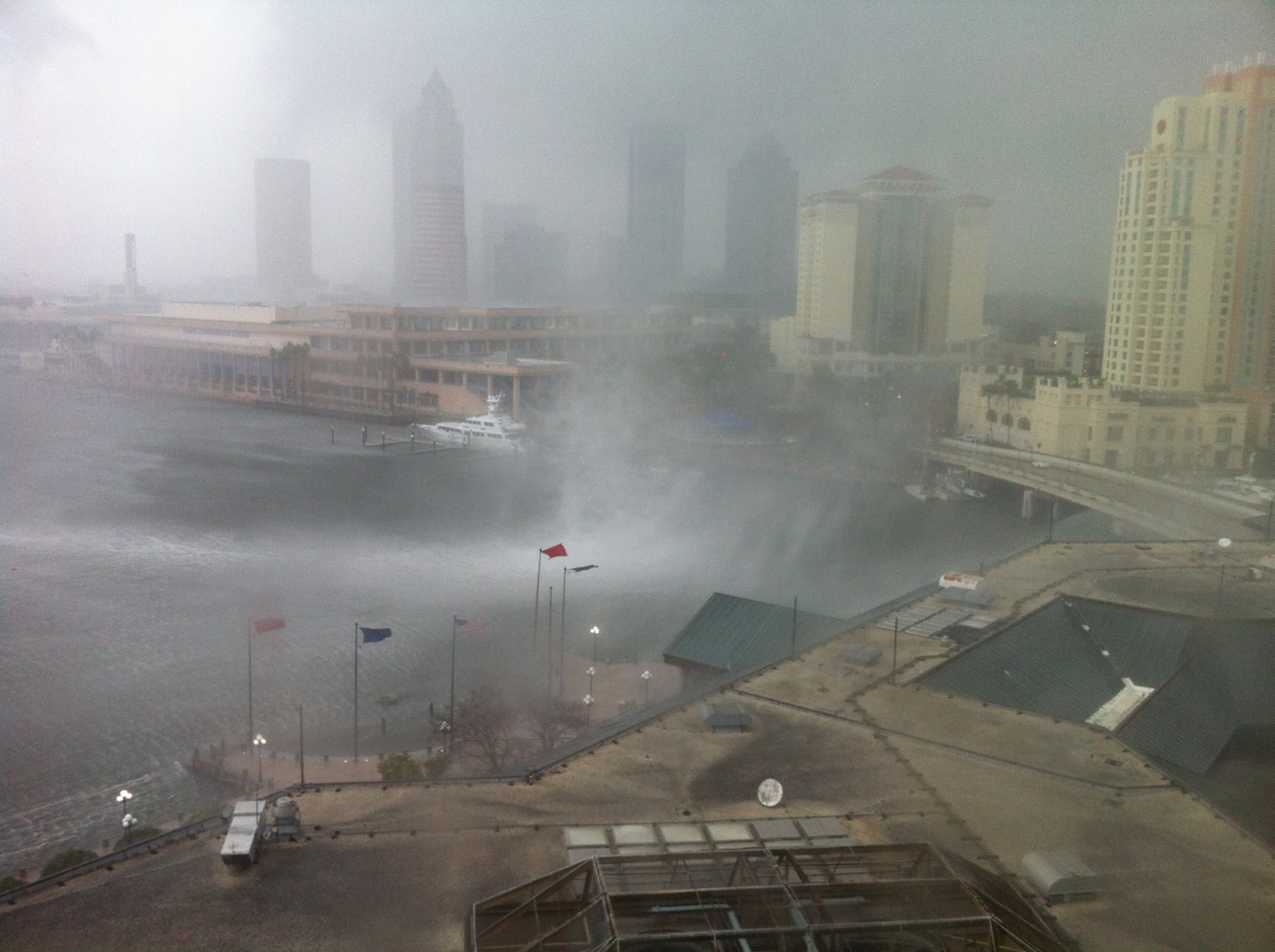
A waterspout coming ashore in Tampa. An unexpected glacier collapse. Earth just a few minutes after the spring equinox. These are just a few of the stunning images captured of our planet this year. These photos range from the widest of wide views — space — to up-close and personal sights of a lifetime. Here, LiveScience takes a look back at the best of the best images we features of Earth this year.
Surprise eyewitness
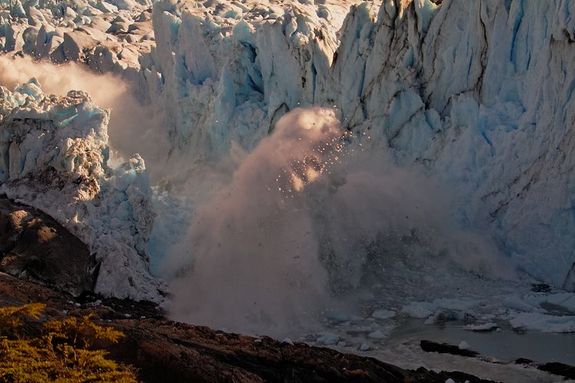
When amateur photographer Christian Grosso visited the Perito Moreno glacier in Argentina's Patagonia region on Jan. 19, he got quite a surprise: A huge ice bridge connected to the glacier ruptured and fell, causing a huge wave in the lake below. Luckily Grosso had his camera ready and captured the event (and was far enough away that the wave didn't hit him). Only about 20 to 30 visitors witnessed the event, which was less impressive than other periodic collapses of the glacier that occur when it forms a natural dam across part of Lake Argentino and water levels in the dammed portion rise and cause stress to the glacier.
Northern light show

The northern lights, or aurora borealis, never disappoint. A spectacular aurora show danced over Alaska on the weekend of Jan. 26-27, and was photographed above the natural splendor Denali National Park.
Clearest lake on Earth
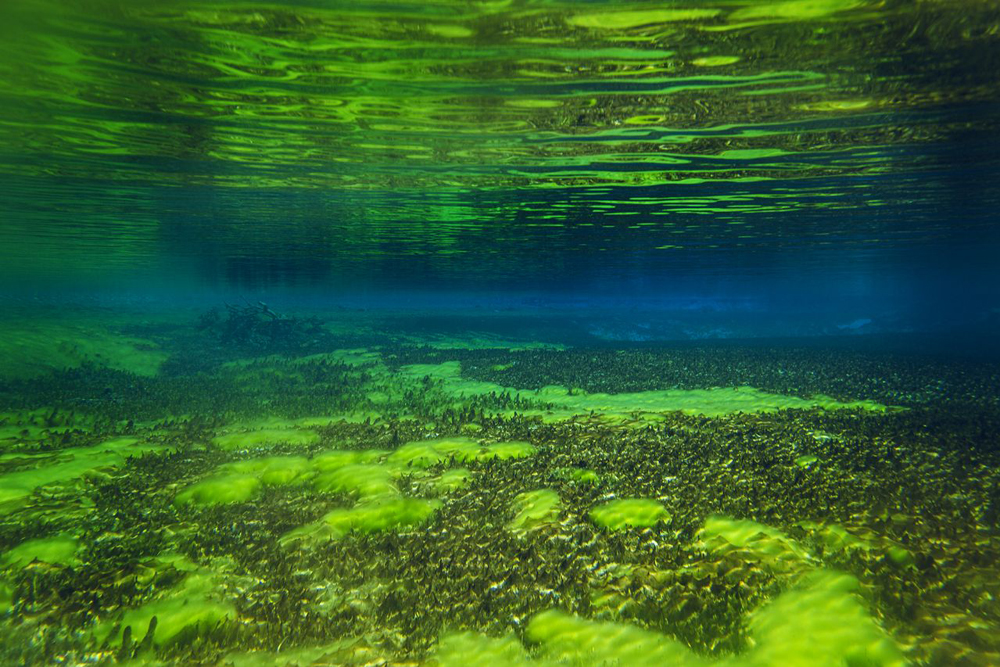
The Monet-esque quality of these photos owes to the remarkably pristine waters of Blue Lake, found on New Zealand's South Island. Photographer Klaus Thymann was lucky enough to get to dive into the lake and photograph it on a trip in February, which he described as "an extraordinary visual experience." Visibility in the lake stretches to nearly 260 feet (80 meters), making it the clearest lake on Earth. The lake's purity owes to its source in nearby glacial melt, which runs into a lake above Blue Lake and is then filtered through rocks as it runs into Blue Lake. The water stays in the lake for less than 24 hours, not long enough for clouding sediment to collect.
Ice balls
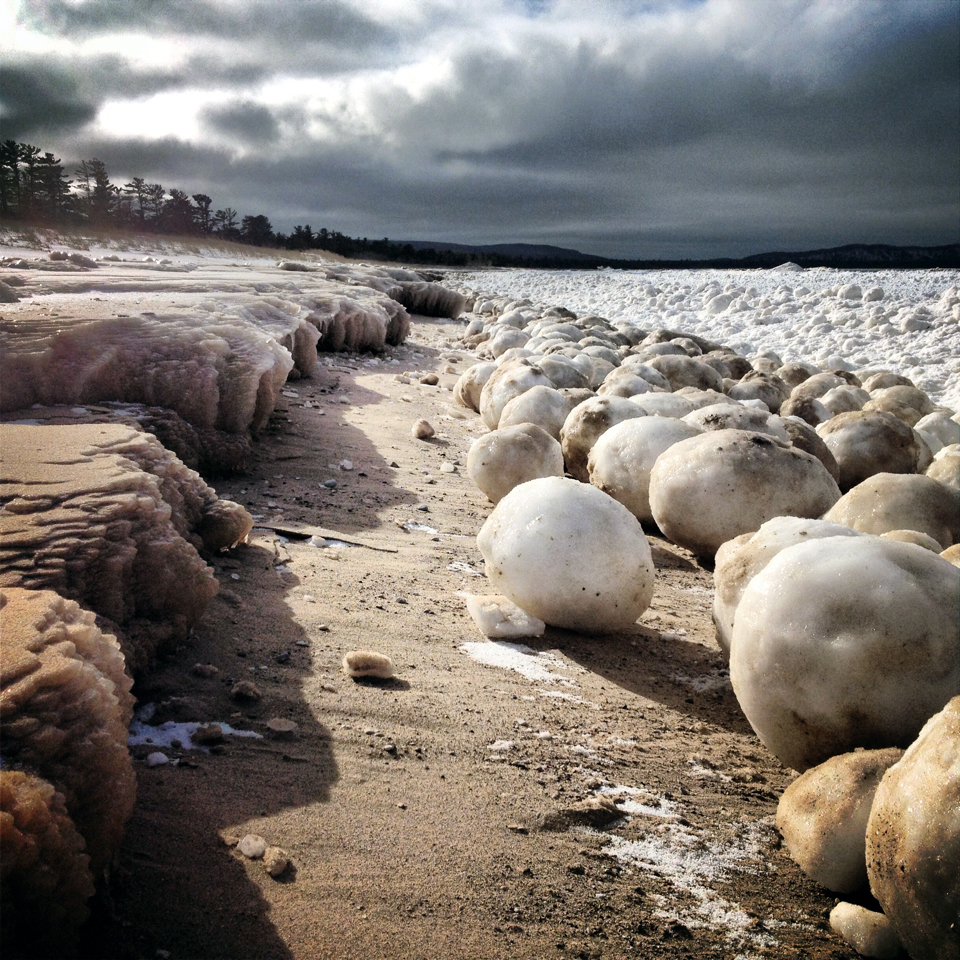
Basketball-size orbs of ice covered the shores of Lake Michigan in this Feb. 21 image. The ice spheres (weighing in at 50 lbs., or 22 kilograms apiece) a winter phenomenon that is the result of wind and wave action along the shore, with layer after layer of supercooled lake water freezing around small pieces of floating ice that churn in the waves. Winds eventually push the ice balls ashore.
Winter waterspout

When this waterspout barreled toward Tampa, Fla., on Feb. 26, Robert Siegel, a spotter for the National Weather Service's volunteer program, was on vacation in Florida. Thinking quickly, Siegel was able to snap this stunning photo of the phenomenon, which came ashore as a tornado with winds of 60 mph (96 kph). It hit the Westin Hotel and damaged roofing, vehicles and light poles.
Astronaut-eye view of a volcano
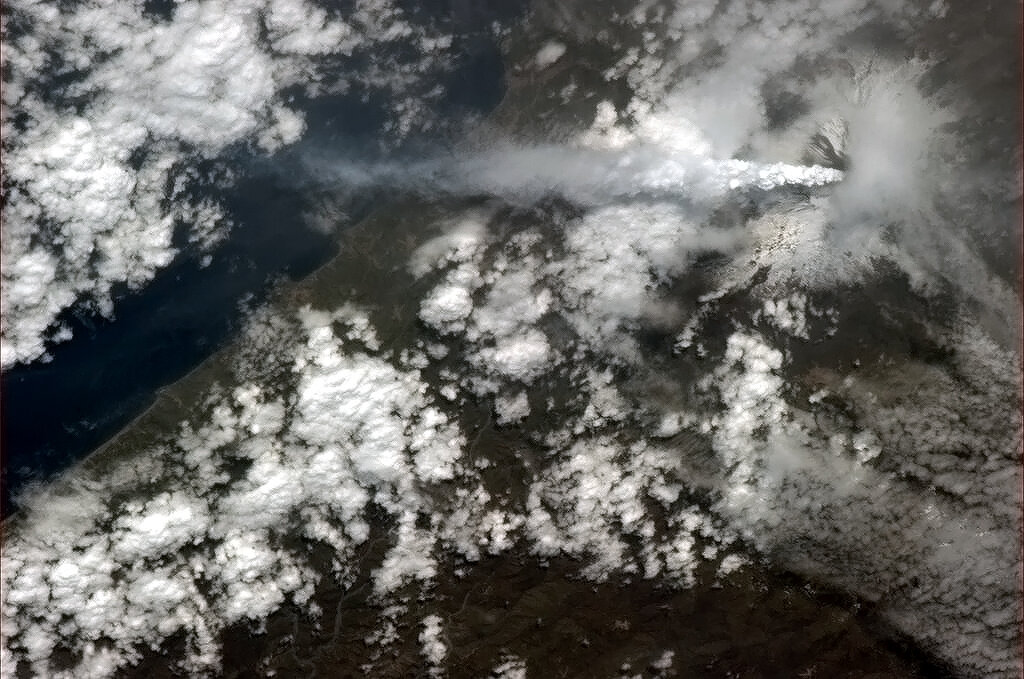
Canadian astronaut Chris Hadfield became (even more) famous this year for the spectacular photos of Earth he tweeted during his time commanding the International Space Station. One stunning photo he sent out Feb. 28 showed the perennially erupting Mt. Etna spewing ash out into the atmosphere. It was the latest in a series of eruptions that began on Feb. 19 with an awesome lava fountain.
Get the world’s most fascinating discoveries delivered straight to your inbox.
Blue dot, on verge of green
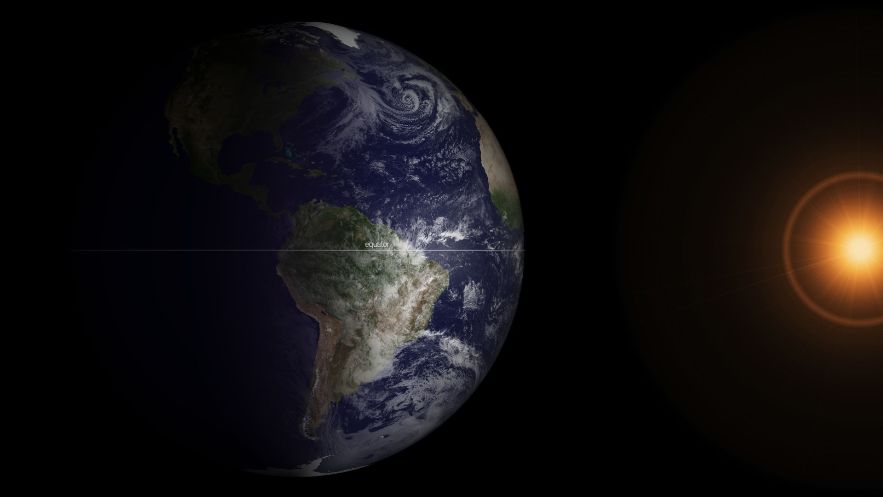
The first day of spring in the Northern Hemisphere, known as the vernal equinox, marks one of two points in Earth's yearly orbit when day and night are the same length, as can be seen in this remarkable image from the GOES-13 satellite taken at 7:45 a.m. Eastern Daylight Time (11:45 a.m. Universal Time) on March 20. The image was snapped about 40 minutes after the exact moment of the equinox, which occurred at 7:02 a.m. EDT (11:02 a.m. Universal Time).
Cougars vs. coyotes
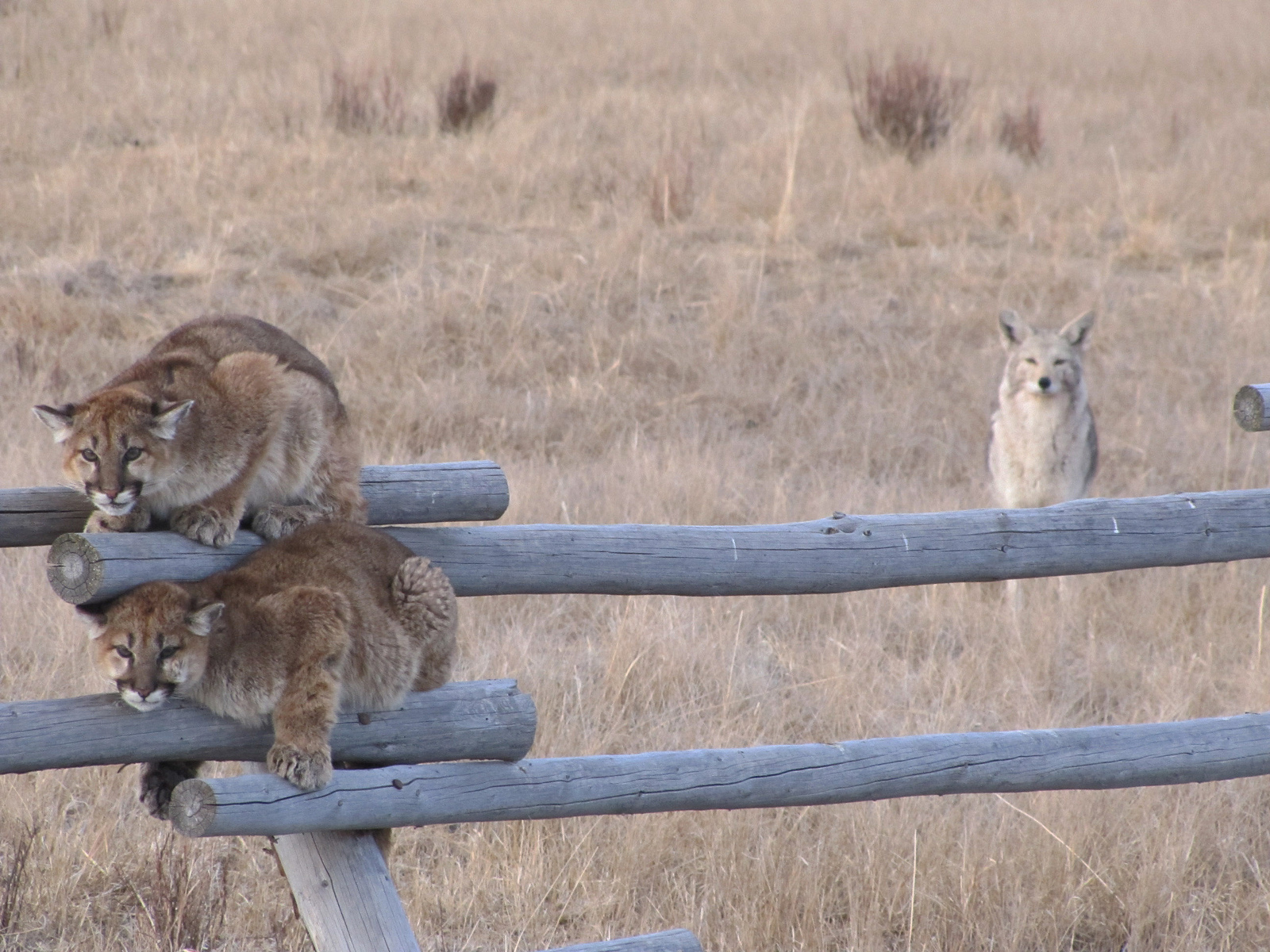
On March 28, two juvenile cougars spent a pretty crummy hour trapped on a fence by five coyotes in Wyoming's National Elk Refuge, as seen in this photo snapped by refuge staffer Lori Iverson. One mountain lion (as cougars are also known) made a break for it, running away with the coyotes in pursuit. The other stayed hunkered down by the fence, but both cougars were spotted several days later, alive and well.
Antarctica goes dark

The sun blazes on the Antarctic horizon for the last time before the long winter in this photograph taken in late April from Concordia Station, a joint French-Italian research station, located in the center of the East Antarctic Ice Sheet. Once the sun sets, the isolated station doesn't see it again for the next four months, and temperatures on the already frigid continent plunge to around minus 112 degrees Fahrenheit (minus 80 degrees Celsius).
Rare thunderstorm

A terrific thunderstorm rages over the European Southern Observatory's Paranal Observatory in the Atacama Desert in northern Chile in this photographed snapped on June 7. The Atacama, one of the driest places on Earth, sees very few such storms, experiencing an astonishing average of 330 days of clear skies a year.
 Live Science Plus
Live Science Plus





